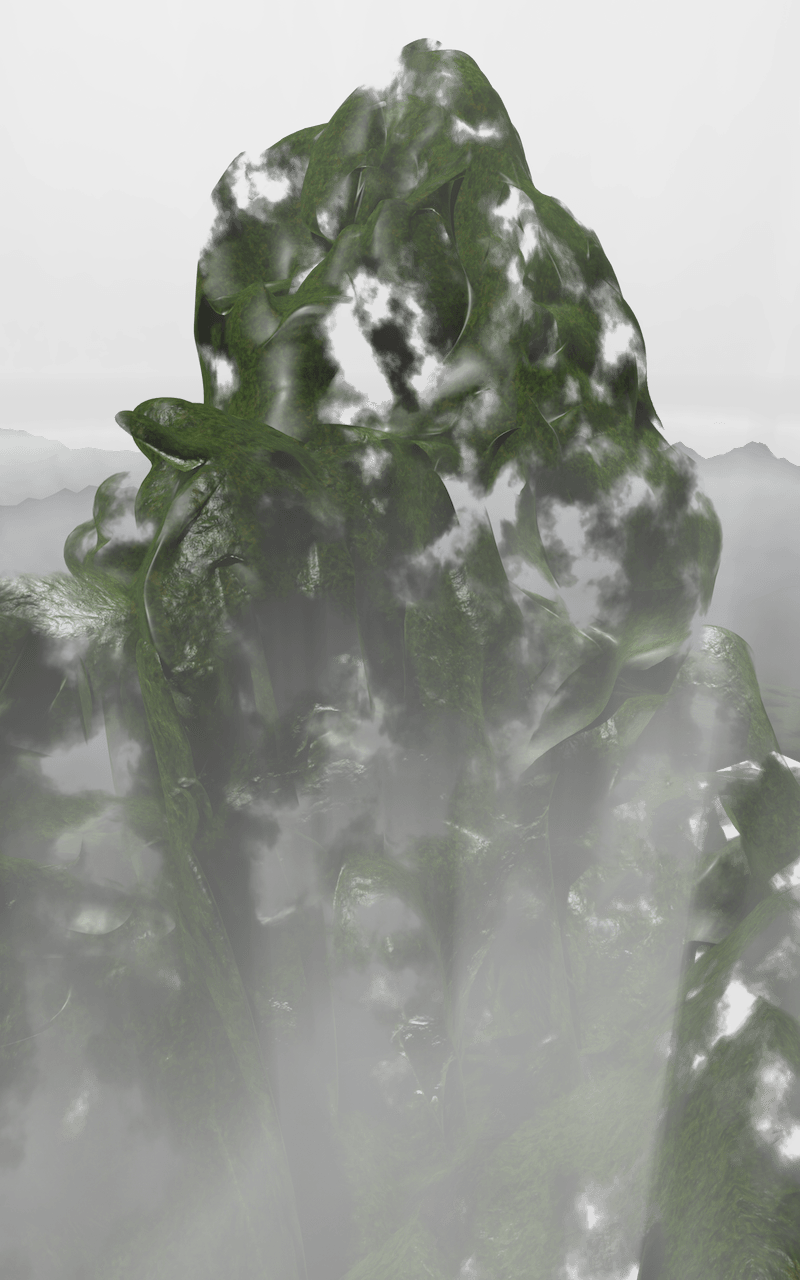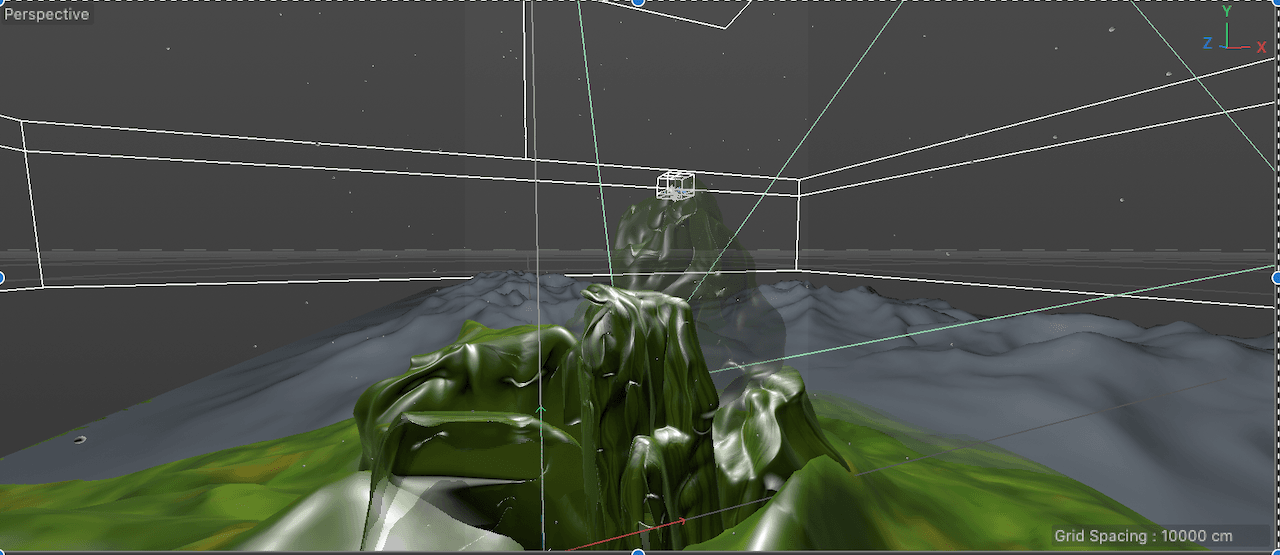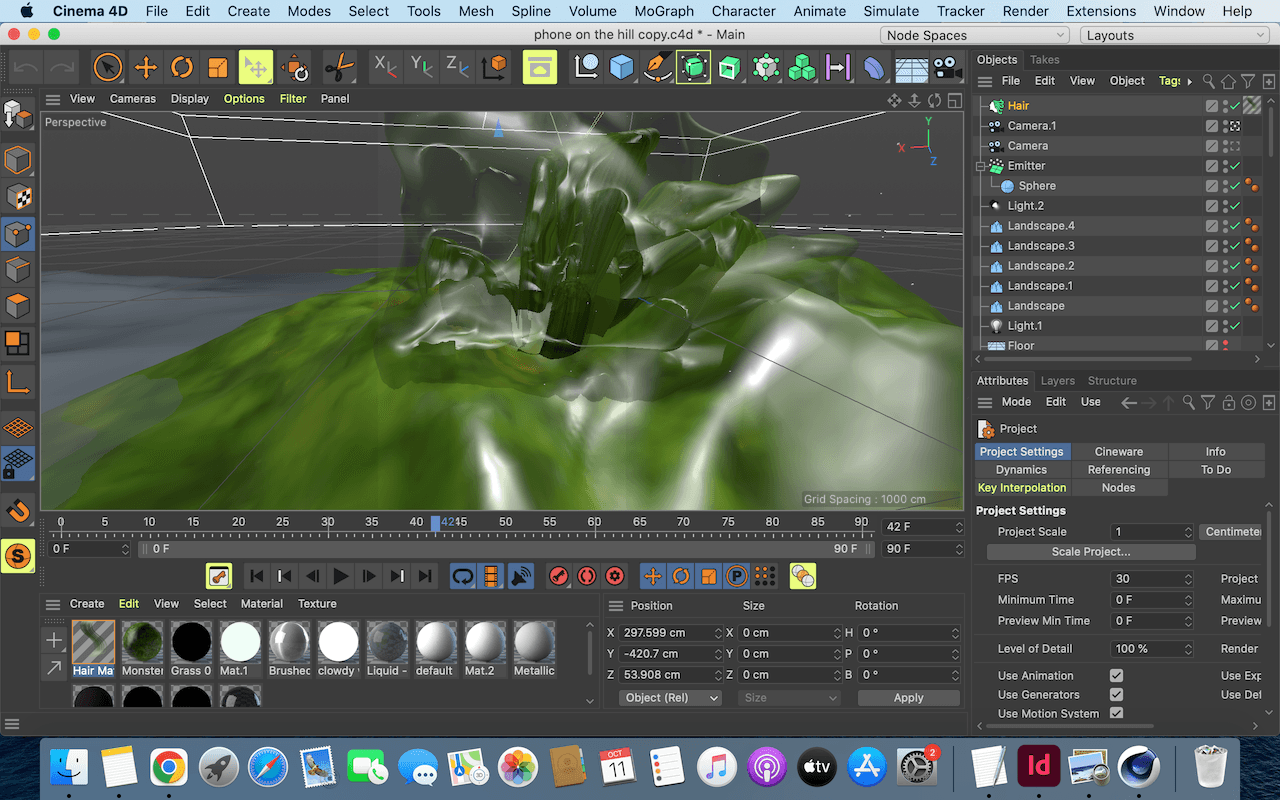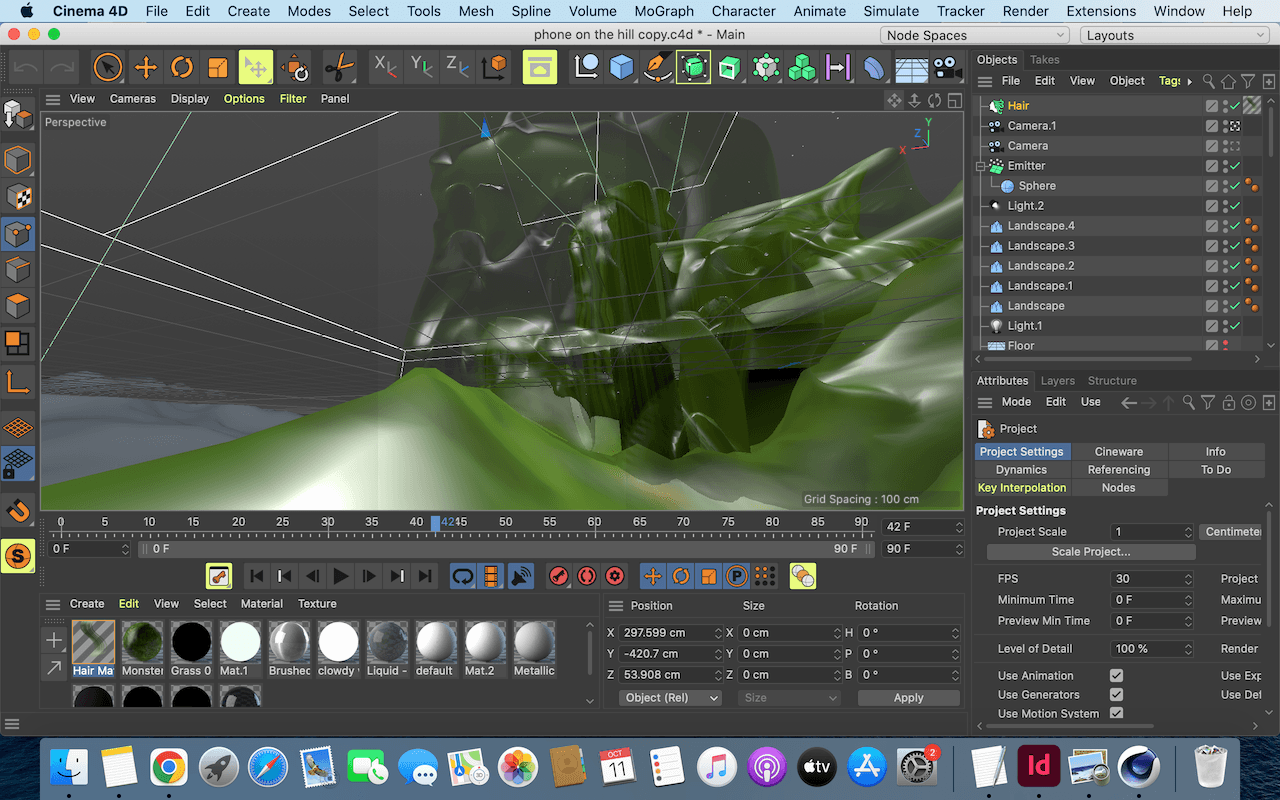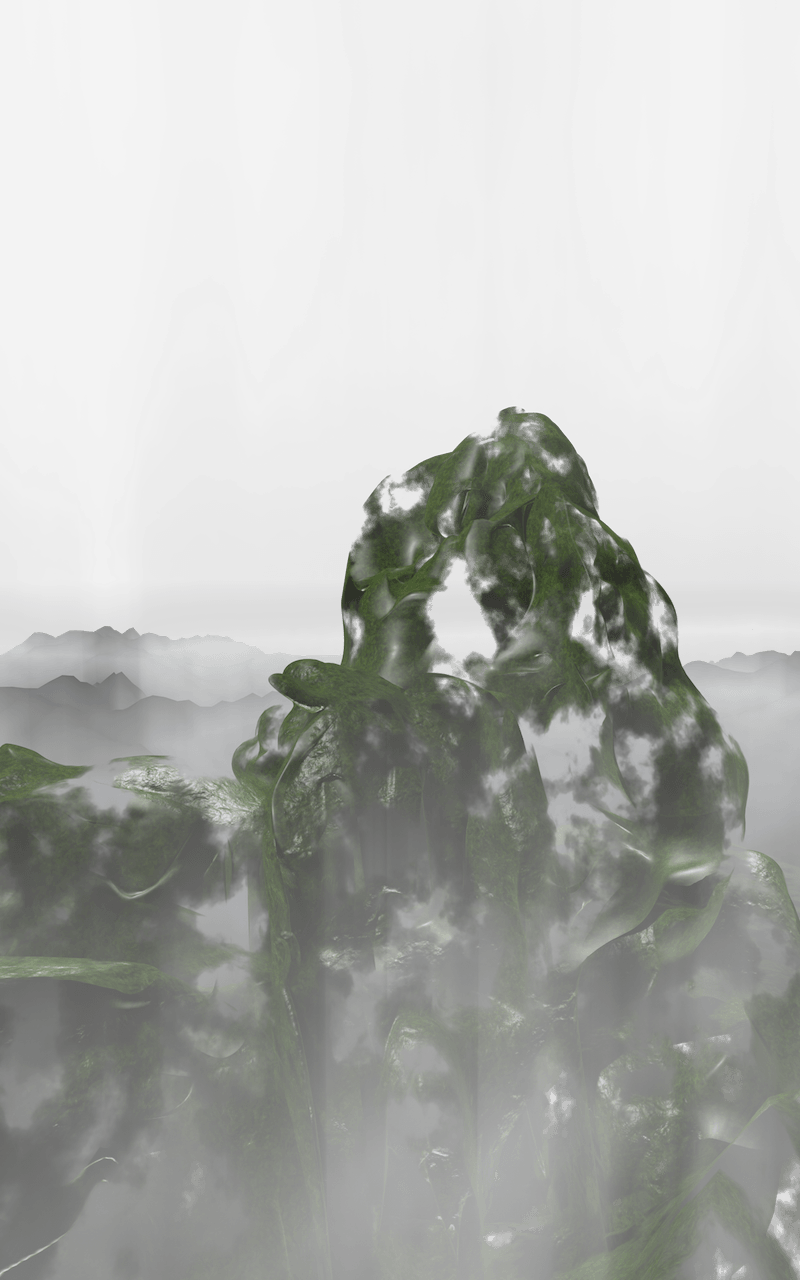
This grey zone refers to the area that lies between war and peace, often found in regions experiencing either ongoing or dormant military conflicts.
In such a grey zone lies my Ossetian grandmother’s village in South Ossetia—a disputed land that has witnessed several wars. Currently, it is a frozen conflict, a land in stasis. Encircled by the military, movement in and out of this area is hindered.
As my grandmother described to me, hers was the furthest village in the area—a tiny settlement on a hill. Her house was small, accommodating six brothers and sisters. A little spring flowed through their yard, and next to it stood the ruins of an old Orthodox church. The village was called Berijvari, which translates as follows: "Beri" means monk, and "jvari" means cross—hence, Monk’s Cross. A tree grew on the church’s roof and eventually caused it to collapse.
The village was tiny; it no longer exists. It has no official status and does not appear on maps or in online archives. It is nowhere to be found. I have never seen any photographs of the village; I have only heard about it.
Based on my grandmother’s words, I imagined that from the settlement, one could see mountainous scenery stretching into the distance—soft green hills rolling gently up and down. Distant and faint sounds echo, amplify, and then disappear into tranquility. This place is probably similar to other villages in the region, where human lives are nestled within vast nature. The weather lies peacefully over the landscape. Guided by the mountain range, fresh air flows down into the valleys at this very moment—the same air that drifts over the soldiers who inhabit the area today. The daily lives of these soldiers are likely not so different from those of the native villagers who once lived there.
Suspended in the air and shrouded in fog at its base, a green hill rises and falls, accompanied by the ruins of a church, remnants of homes, and a spring running through the grass. My grandmother impressed this landscape upon me. Now I know that somewhere to the north lies a village—a home, something homely and familiar.
This floating hill exists only as an image in my mind. I feel a sense of belonging to it; sometimes, an attachment. Yet I have no way to see this place in real life or to experience its materiality. It is a disrupted attachment, a failed connection, a broken embrace.
At other times, when I think about the place, it feels incredibly unfamiliar—a false sense of belonging, a mistake, an embarrassment.
A connection to emptiness.
Attachment demands a subject to embrace, but in this case, the subject—the place—is absent, unattainable. I fill its absence, this hollow space, with a phantom—
a phantom I conjure myself.
Attachment occurs with a substitute, with an apparition.
A tall, suspended hill floats somewhere in my subconscious.
Whenever I think of nature or home, it emerges.
The place inserts itself between me and nature.
Between me and nature, a hill floats.
The hill takes me with it into suspension; my mental lodging hangs in the air.
Occasionally, while spending time with my grandmother, I would feel nostalgia not only for the unknown and lost place, for family ties, culture, and a vanished home, but also, somehow, for nature itself.
Somewhere in my thoughts, this small, broken home in the mountains serves as a passage to the source—to nature.
I open the door and find myself on top of a hill. Tranquil sage green spreads out before me as I breathe in the fresh mountain air.
I contemplate this notion: Human – Place – Nature.
Place plays an intermediary role in this triad—a space for humans within nature. It encompasses not only the dwelling but also the land surrounding it—its name, certain words, visuals, sounds, its outline on the map.
What happens when an actual physical place—the land—is missing, while the place on the map or the socio-cultural notion of place remains?
Then, there is daydreaming.
When the earth is gone, non-material places take over. They lack a ground to hold onto; instead, they latch onto people. Immaterial notions of place intensify—their names grow larger and louder, their outlines on maps grow rougher. They inflict pain, cause tension, and sometimes fade away.
My attachment demands a place that is absent. The absent land creates a territory of lack within me; it expands and remains vacant, open to all kinds of fantasies.
My nostalgia may well be an apparition since I have never even seen the place to truly miss it.
This apparition is a painting suspended between realism, romanticism, and pastoral genres—like a village painted in realism, overlooking a landscape of romanticism. The place seems as unreachable as the past, a hidden treasure lying veiled somewhere up north. If I reach this place, I will reach the past.
This grey zone, a frozen village, is cut off from the world, sealed away like a time capsule. It is a secret time and place, existing parallel to our disenchanted present.
My nostalgia is projected onto this phantom hill, which affects me, toys with my feelings. The grey zone forces me to create this ghost. I try to reach out and embrace the hill, to feel attached.
An embrace occurs with a mirage—with myself.
I am left empty-handed.
The ghost hill is not a three-dimensional object but a fabricated image on a reflective screen, hanging before me like a curtain, blocking my view.
My wrapped hands swirl in a whirlwind with a hollow at its center.
I cannot access the kernel force.
Meanwhile, does the land long for me? No.
I am left out, stranded in a looped embrace with myself, staring at the curtain. And I wonder:
When frozen conflicts finally release these lands, what will be revealed?
